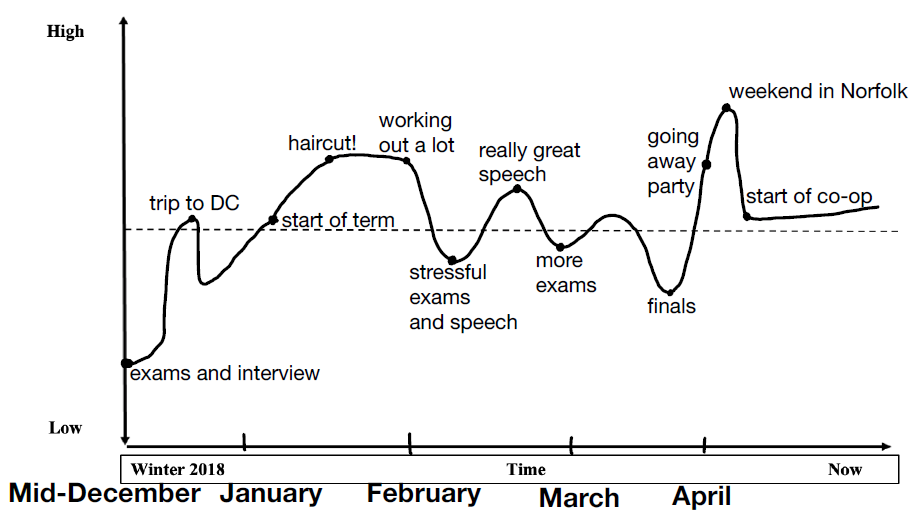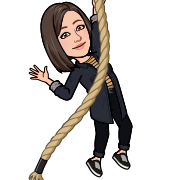[16-22; 23-26] From kindergarten until middle school I went an alternative school which had 40 kids in it total, grouped by rough age groups and the school was project-based learning so instead of sitting down teaching us ABCs, numbers, counting, they gave us a project, assembled us into rough groups of kids of different ages and told us to go. It was very loose, not formal at all. I didn’t learn much academic knowledge from that time, but I did learn really well how to work with other people, how to be a part of a team, how to sort of self-direct and do what I wanted to do. I spent a lot of time reading. I spent a lot of time playing with LEGOs. I got really good making friendship bracelets. I had a lot of fun and then in 5th grade, my parents started getting worried about me academically being able to make it in the real world, so they sent me to a private middle school which was very academically focused.
[27-32] Before I transitioned to middle school, I learned six years of math in two weeks. This school required uniforms, homework, quizzes, tests up the wazoo. If I got a grade less than a 95 my parents would sit down with me and have a talk, “What are you doing? What’s wrong? How can we fix this?” So, I went from having no academic structure to an academic institution that was very structured. This exposure to a highly structured academic program, prepared me to go to a ‘public’ vocational high school but I had to apply to get in.
[49-56; 57-67; 78-80] I attended a high school that had a structured curriculum centered on science and technology. It is one of the top 15 high schools in the northeast. There weren’t a lot of options for electives or classes. All of the science classes that we took were marine science classes, including one technology class each year. For example, my freshman year I took technical writing and my sophomore year I took AutoCAD. Also, during my senior year I took a research class in which I participated in a year-long research study that hasn’t actually been done before and will be published shortly about Microplastics on the ‘east’ coast and that was an amazing class. My teacher treated me like an adult, a scientist, I was responsible for my own deadlines and due dates, and her attitude towards the class and towards my responsibilities in that class really made me want to work hard for it. I really latched on to some of the better teachers which did lead me towards engineering because they staffed really good teachers for my systems engineering class, that was so much fun. In that class we did a bunch of hands-on engineering projects, we built a Balsa bridge. We made a Rube Goldberg machine which didn’t work but it was a lot of fun to do. We made that fishing lure, I still have the website which I documented my results on and a bunch of other smaller projects and concepts about system balances and, I don’t know, engineering design. The curriculum of my high school also tried to incorporate these kinds of projects into other classes. In my physics class, we made a physical model of a ‘northeast barrier’, it has sort of a trench in it and we used sound to map it.


